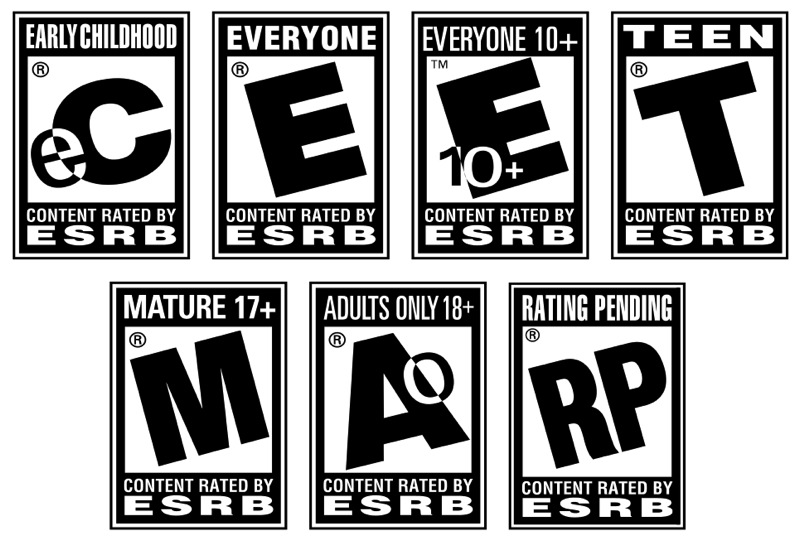
03 Jun The Video Game the Sandy Hook Shooter Obsessively Played
If you are like me, Adam Lanza’s name rings a bell. I know that I have heard it before but I can’t quite put my finger on his significance nearly two and a half years after the horrible events of December 14, 2012. Mention where he lived and the elementary school that he terrorized, and I know. Newtown, Connecticut. Sandy Hook Elementary School. Perhaps the lack of name stickiness is because Connecticut Governor Dannel Malloy and subsequent documents refuse to say or print his name, only referring to the deceased 20-year-old as A.L.
If only striking his name from documentary evidence would erase what happened. With classes in session at the large elementary school in quiet Fairfield County, Lanza open fired on administrators, kindergarten and first grade students, and teachers. He killed 27 individuals including his mother before turning a weapon on himself, the second worst mass shooting in U.S. history. The senseless tragedy, especially the loss of so many young lives, was rare for Newtown which had only one homicide in the ten years prior to the shootings.
Why? Why did Lanza do the unthinkable? It’s not known for certain. According to the 44-page investigation summary, “The evidence clearly shows that the shooter planned his actions, including the taking of his own life, but there is no clear indication why he did so, or why he targeted Sandy Hook Elementary School.” There were no drugs or alcohol in his system based on toxicology results. This wasn’t a violent act perpetrated in a high-crime area in a large, urban city. Family issues? Lanza’s relationship with his mother was called both “strained” as well as “emotionally connected,” a contradiction that muddies any potential insights. However, the absence of conclusive signs did not stop people from speculating that violent video games were likely at fault.
There are disputed claims that the popular first-person shooting game Call of Duty psychologically inoculated Lanza to violence and mass killing. Investigators found copies of it as well as Dead or Alive and Grand Theft Auto in his house. Politicians ran with the video game-killing connection. Weeks after the atrocity, Democratic Senator Christopher Murphy claimed that video games were responsible for a “false sense of courage” that would otherwise have prevented the deaths of countless boys and girls. Similar to the cases of Eric Harris and Dylan Klebold at Columbine High School, Murphy affixed a target to the seemingly obvious scapegoat: Desensitization courtesy of a violent, video game affixation.
It’s not known whether Sen. Murphy was correct in his assertions; violent video game titles may have contributed to Lanza’s mental state at the time of the tragedy. Participating in virtual massacres makes sense given the realism of popular titles, and there is research supporting the impact of video games on both positive and negative social behaviors. However, we’ll never know because Lanza killed himself long before he was able to provide answers.
What is known through police reports and investigations is that Adam Lanza spent hours playing video games. One in particular. It just wasn’t the title that Sen. Murphy identified as perpetuating violent tendencies. Nor was it retro cult classics like Doom or Duke Nukem that authorities claimed as one of the reasons for the Columbine High School massacre.
In The Game Believes in You, Greg Toppo (2015) writes:
Police had found a Garmin global positioning system unit in Lanza’s house, and its records show that the gunman had driven to the same spot nine times in April, May, and June of 2012, arriving around midnight each time and staying for five hours.
The GPS readout took [the investigators] to the vast parking lot of a suburban shopping center off Interstate 84… [The investigators knew] that if Lanza had spent time there, it could have been in one of only three places: a Best Buy, a Lowe’s home improvement store, or the AMC Loews Danbury 16 movie theater.
At the movie theater, workers immediately recognized the kid in the photo. He was in there constantly, they told the investigator, but never to see movies. He came to the lobby to play an arcade game- the same one, over and over and over again, for hours on end.
[The investigators noted that] the game at the movie theater seemed to possess him. He had a home version for his Xbox too, and his hard drive held videos in which Lanza put himself through the game’s paces.
At the theater, a supervisor named Corey Davidson said that he’d seen Lanza ‘pretty much every weekend of the past four years.’ [He] showed up reliably, every Friday, Saturday, and Sunday, always playing the same game and challenging others to beat him. In August 2011, said Darren Price, another theater employee, Lanza began spending even more time playing the game- eight to ten hours a night.
The title that so obsessed the Sandy Hook shooter?
Dance, Dance, Revolution. A video game that is known for toe-tapping, hip-gyrating, booty-shaking dance movements and not blood-splattering, head-cleaving, or zombie-shooting violence. Popular among arcade enthusiasts, DDR is far from the brooding, moody environment of first-person shooters like Call of Duty or Doom. A DDR player is more likely to squeal with laughter while grooving to Fatboy Slim.
Sensationalism, constant media coverage, and the quest for the reasons behind atrocities often paint video games in a negative light. Yes, spurious connections between the Columbine and Sandy Hook shootings exist. But is the correlation between video game violence and killings enough to indict an entire genre in an extremely popular entertainment industry? Simple logic and general awareness make it difficult to surmise that obsessively playing Dance, Dance, Revolution precipitates violence any more than the trippy world of Lewis Carroll’s Alice’s Adventures in Wonderland promotes the use of LSD.
Adam Lanza owned violent video game titles. He played them. Yet, he obsessed over a dancing simulator which, if following Sen. Murphy’s logic, should have resulted in a flash mob rendition of Fred Astair’s “Singing in the Rain” instead of what transpired. It’s almost like saying Michael Vick’s horrible mistreatment of animals was caused by spending too much time flinging birds and destroying pigs in Angry Birds. Maybe desensitization occurred, but what about all of the other more plausible, scientific, and psycho-social reasons for Lanza’s actions?
James Paul Gee, Professor of Literacy Studies at Arizona State University and noted game scholar, provides a historical, poignant reminder to refrain from jumping to conclusions about video game players and massacres.
…How many people have ever been killed because of a video game? [Probably zero.] Meanwhile, billions have been killed because of what’s in books, and no one but the spit-flecked zealot wants to ban books, ‘an infinitely more powerful technology for good and evil’ than video games… ‘Loads of people across the world believe God wrote a book- they just don’t agree which one. No one thinks he designed a video game'” (Toppo, 2015).
Take that in for a second. How many wars and acts of terrorism have resulted from what is written in religious texts?
I wouldn’t rush to incorporate the latest violent video game into your classroom. Any adult with an ounce of common sense knows the problems associated with doing so. However, I also wouldn’t raise a humongous, metaphorical flag of concern when learning that a child might play a game with some violence. After all, students regularly read about history’s deathly wars in textbooks. Does this mean that reading about soldiers’ lives, studying the Vietnam War or learning about the Holocaust from a book will cause a child to want to kill or commit genocide?
I don’t think so.
- [accordionitem]
Ninja, J. (2008, December 13). ESRB Ratings. Retrieved 1 June 2015, from http://commons.wikimedia.org/wiki/File:Esrb_ratings.svg
Toppo, G. (2015). The Game Believes in You: How Digital Play Can Make Our Kids Smarter. United Kingdom: Palgrave Macmillan.
[/accordionitem]


Sorry, the comment form is closed at this time.